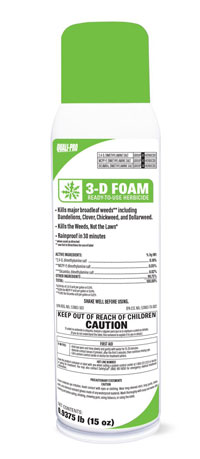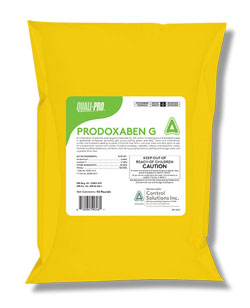|
Cicadas

2024 is a big year for periodical cicadas in Illinois, where Broods XIII and XIX will be emerging throughout much of the state at the same time. The simultaneous emergence is the first time since 1803 and will not happen again until 2245. Cicadas do not pose a threat to humans or pets, although newly planted trees or shrubs may be a different story.
Both species of cicadas are large-bodied, have large compound eyes, and are sometimes mistakenly called locusts. Characteristics include male cicadas singing during the day to attract females. Typically, periodical cicada emergences consist of three species that can be distinguished by the male songs and by slight differences in their appearance.
Periodical Cicadas
Periodical cicadas are among the longest-lived insects on the planet, living for 13 or 17 years. They spend most of that time living underground, feeding on tree roots. Once the soil warms enough in the spring to be 64 degrees Fahrenheit at 8 inches deep, they will begin to emerge, usually around late May or early June. The nymphs typically emerge from the soil in the evening and climb up trees or other objects and molt, leaving behind the familiar cicada shells or shed exoskeleton.
Male cicadas will start singing four or five days after they emerge. They will gather in trees and sing together to attract females. Females lack the structures known as tybals that produce sound, so only males will sing. Each species of cicada has a distinctive song they produce.
After mating, female periodical cicadas will lay their eggs in the new growth of woody plants. They prefer branches about the width of a pencil or a little larger, up to ½ to 1-inch in diameter. They will use their saw-like ovipositor, or egg-laying organ, to cut into branches and lay 10 to 20 eggs before moving further down the branch. Each female will lay around 500 to 600 eggs.
After about a month, the adult cicadas will begin to die. Large piles of cicadas can accumulate under trees and can smell unpleasant, similar to roadkill. However, their decaying bodies will serve as fertilizer for plants.
Six to 10 weeks after they are laid, the eggs will begin to hatch. The tiny cicada nymphs will drop to the ground and begin feeding, often on grass roots. Over time, they will dig down into the soil, 8-12 inches deep, and feed on tree roots for the next 13 or 17 years.
3-D FOAM

POST-EMERGENT HERBICIDE
Now Available... 3-D Foam is a 3-way post-emergent herbicide with MCPP to enhance weed control efficacy. It’s the perfect addition for on-the-go golf course superintendents, LCO’s and turfgrass managers. Quick and highly effective for spot treatments.
Features & Benefits:
- Powered by a 3-way combination of active ingredients: 2,4-D,mecoprop-p,
and dicamba for dependable broadleaf weed control.
- Kills weeds, not the lawn.
- Rainproof in 30 minutes.
Item # 921304
PRODOXABEN G
GRANULAR HERBICIDE

Prodoxaben G is a selective combination pre-emergent herbicide for the control of grass and broadleaf weeds in established turfgrasses.
Features & Benefits:
- Broad spectrum weed control for established turfgrasses, lawns, and landscape ornamentals.
- Applied year round
- Stops weeds at germination - before they grow
- Controls over 150 weeds
Use Sites: Established turfgrasses (excluding golf course putting greens), lawns and ornamentals, conifer and hardwood seedling nurseries, non-crop areas including rights-of-way for transportation systems and utilities (such as roadways, roadsides, railways, and equipment yards), facilities including substations, tank farms, pumping stations, parking and storage areas, non-grazed fence rows, and Christmas tree farms
Effective Against: Partial list of weeds controlled: Annual Bluegrass (Poa Annua), Barnyardgrass, Common Chickweed, Crowfootgrass, Wooly Cupgrass, Annual Foxtail, Goosegrass, Henbit, Itchgrass, Johnsongrass (from seed), Knotweed, Lovegrass, Pigweed, Common Purslane, Rescuegrass, Sprangletop, Witchgrass, Yellow Woodsorrel (from seed)
Active Ingredients: 0.40% Prodiamine 0.25% Isoxaben
Item # 921300
"A true leader doesn't lead to gain power. They lead to empower and give power away."
—Jon Gordon
|
|